The Salem Witch Hangings Site Pinpointed; Looks Out on Walgreens Parking Lot
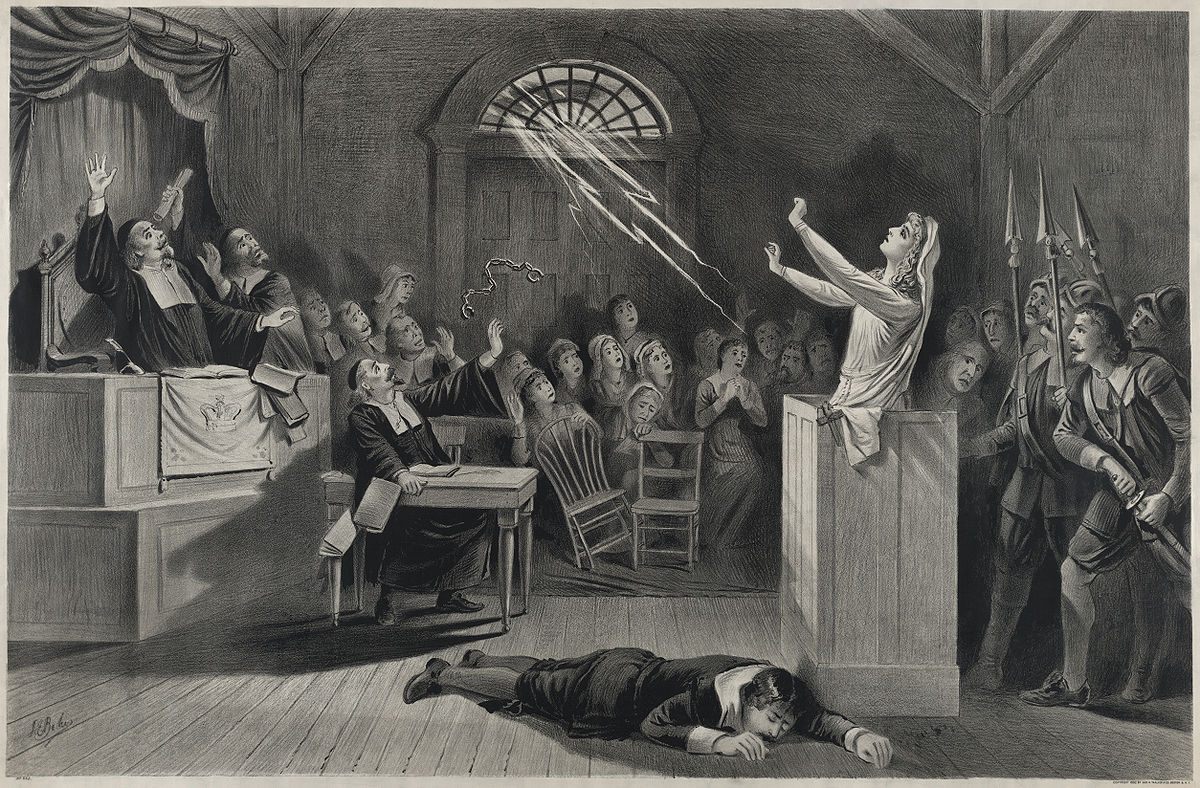
An 1892 lithograph by Joseph E. Baker depicting a more fanciful interpretation of the Salem witch trials. (Photo: Public Domain/Wikipedia Commons)
New for 2016: the exact location of the 1692 Salem witch trial hangings. A team of experts known as the Gallows Hill Project team has confirmed that 19 of the 20 executions took place at a site called Proctor’s Ledge, at the base of the Gallows Hill.
Today, Proctor’s Ledge overlooks a Walgreens parking lot.
“The site of the executions has been known and lost at least twice, thanks to a collective amnesia,” says Emerson “Tad” Baker, a Salem State University professor who was part of the efforts to uncover the site.
The Gallows Hill Project was established five years ago in an effort to pinpoint the precise location of the hangings, which were previously believed to have occurred at a higher point on Gallows Hill. The team—a mix of writers, professors and historians—used a combination of historical evidence and modern technology to conclude that the victims were hanged at Proctor’s Ledge. All of the executions in the Salem witch trials took place by hanging at Proctor’s Ledge, with the exception of one man, who was pressed to death by heavy stones.
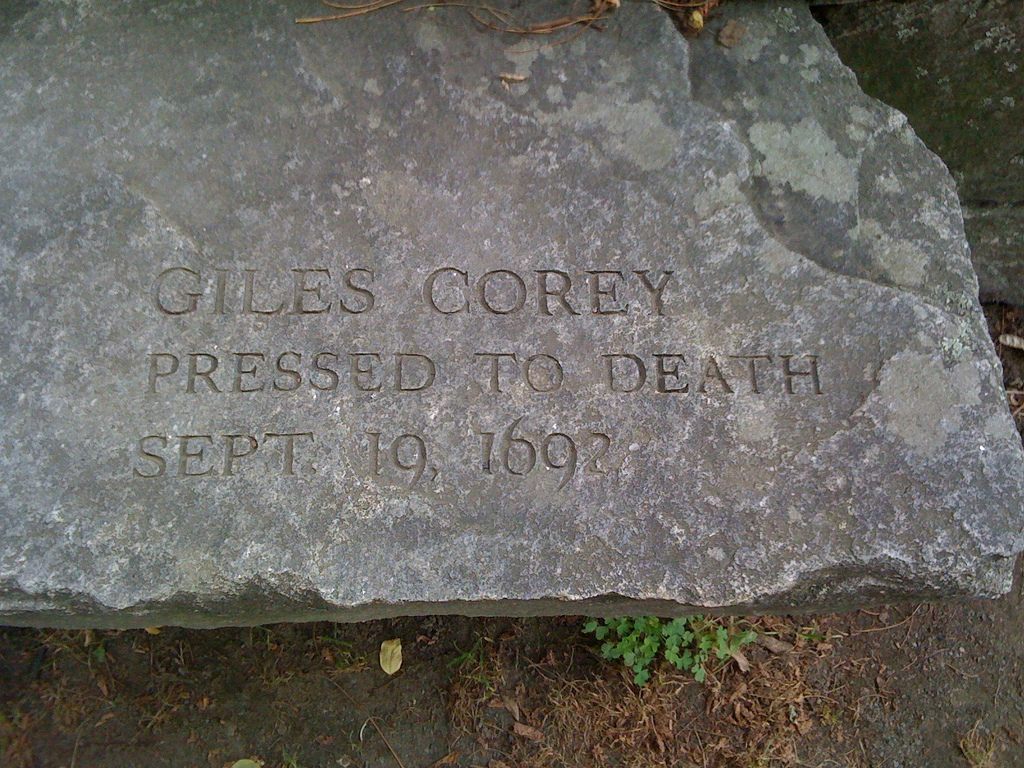
Corey was the only victim of the Salem witch trials not to be hanged to death at Proctor’s Ledge. (Photo: Dana Huff/Flickr CC BY-SA 2.0)
The writings of 19th century Salem historian Sydney Perley proved to be immensely useful in deducing the location of the hangings. “His interpretation of the Proctor’s Ledge site is right on the money,” Baker says. “We are really just confirming his work—but using multiple lines of research to do it, including a couple modern ones he did not have access to. He deserves the bulk of the credit.”
Marilynne Roach looked at several historical testimonies from the Salem witch trial court records, and tracked down a few key eyewitness accounts. On August 19, 1692, a woman accused of witchcraft named Rebecca Eames testified that on her way into Salem for questioning, she was able to see five people being executed from her location at a house on a hill. Roach later established that the house was probably the McCarter house on Boston Street or one of its neighbors.
Benjamin Ray and his colleagues at the University of Virginia used aerial photos and geological information systems for “viewshed” analysis of the eyewitness accounts, explains Baker. The team knew where two of the eyewitnesses were standing when they saw the hangings, and used the viewshed map to surmise that they could see Proctor’s Ledge from where they stood, but not the higher points on Gallows Hill.
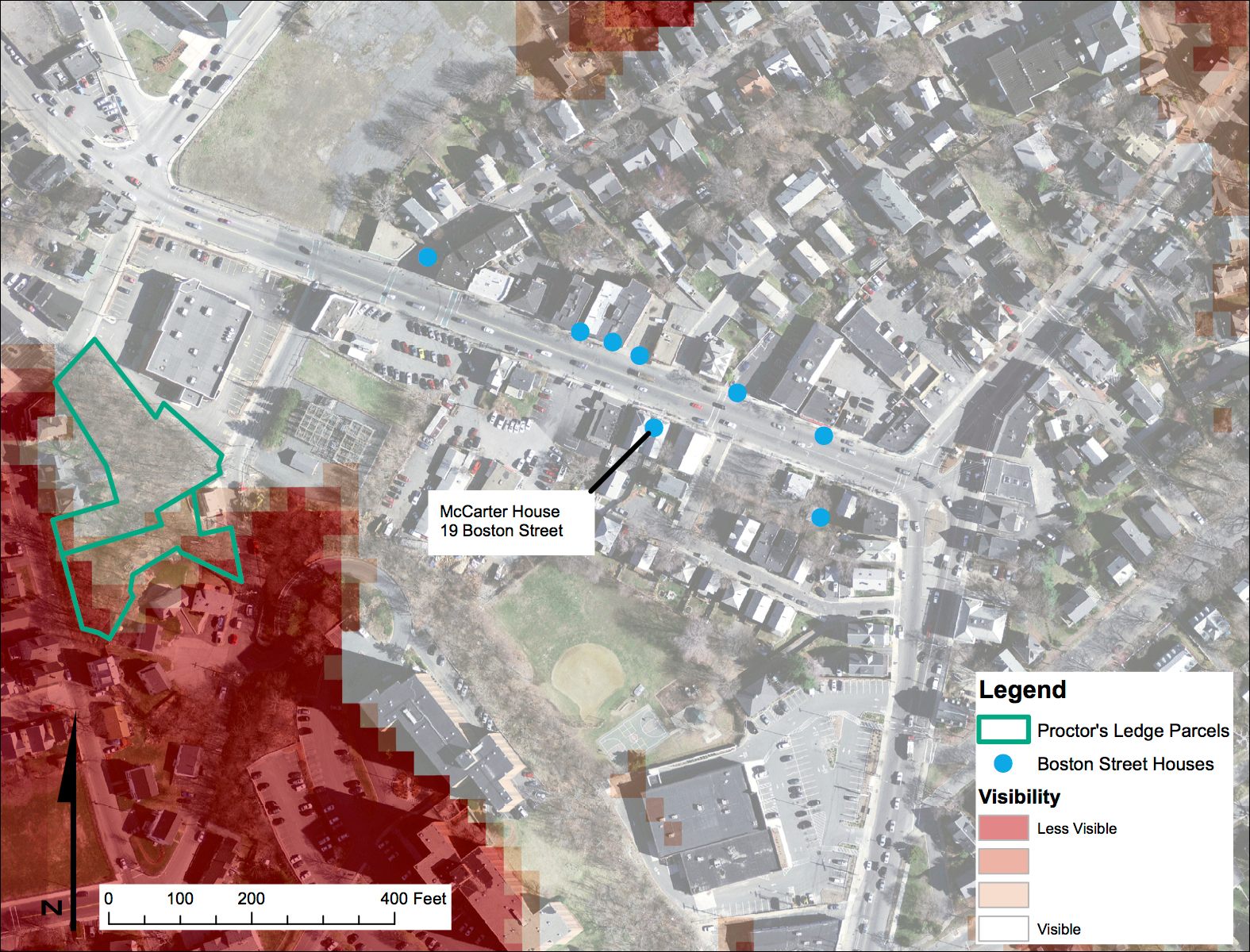
A viewshed map showing what Rebecca Eames, an accused witch, was able to see from McCarter House when she testified in Salem on August 19, 1692. (Photo: Benjamin Ray/University of Virginia)
The city of Salem, Massachusetts intends to memorialize the site by erecting a plaque. “Our goal is not to create another tourist attraction,” says Baker. “I am sure [the site] will attract people, but it is really not an appropriate site for a large memorial and lots of visitors. It is on a postage stamp sized lot, in the back yards of a half dozen homes, with no parking close by.”
As for the Walgreens next door? They don’t seem too fussed by the fact that the lot next door was the site of what were arguably the most famous hangings in America’s history. “Yeah, it’ll bring more people to the area,” says the store manager. “The downtown store is busy around October, because of all the tourists. We’re kind of off the radar over here, so I think that it will bring a lot more people.”
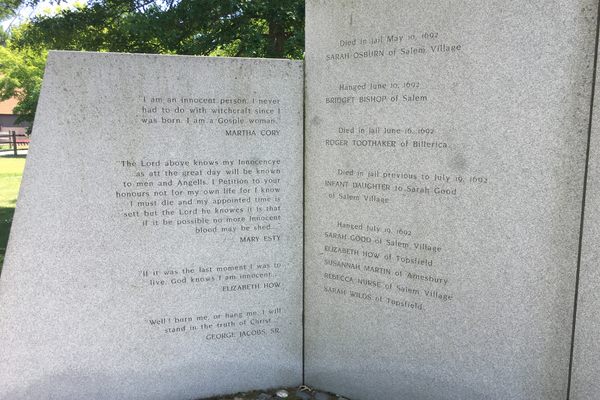

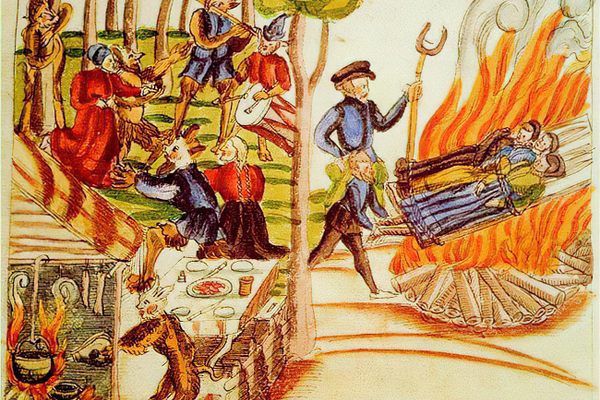
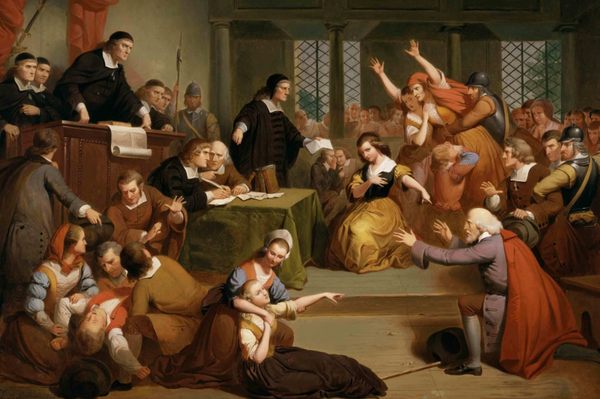

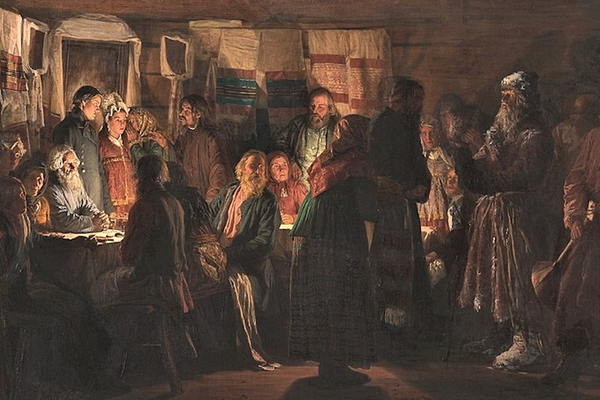




Follow us on Twitter to get the latest on the world's hidden wonders.
Like us on Facebook to get the latest on the world's hidden wonders.
Follow us on Twitter Like us on Facebook